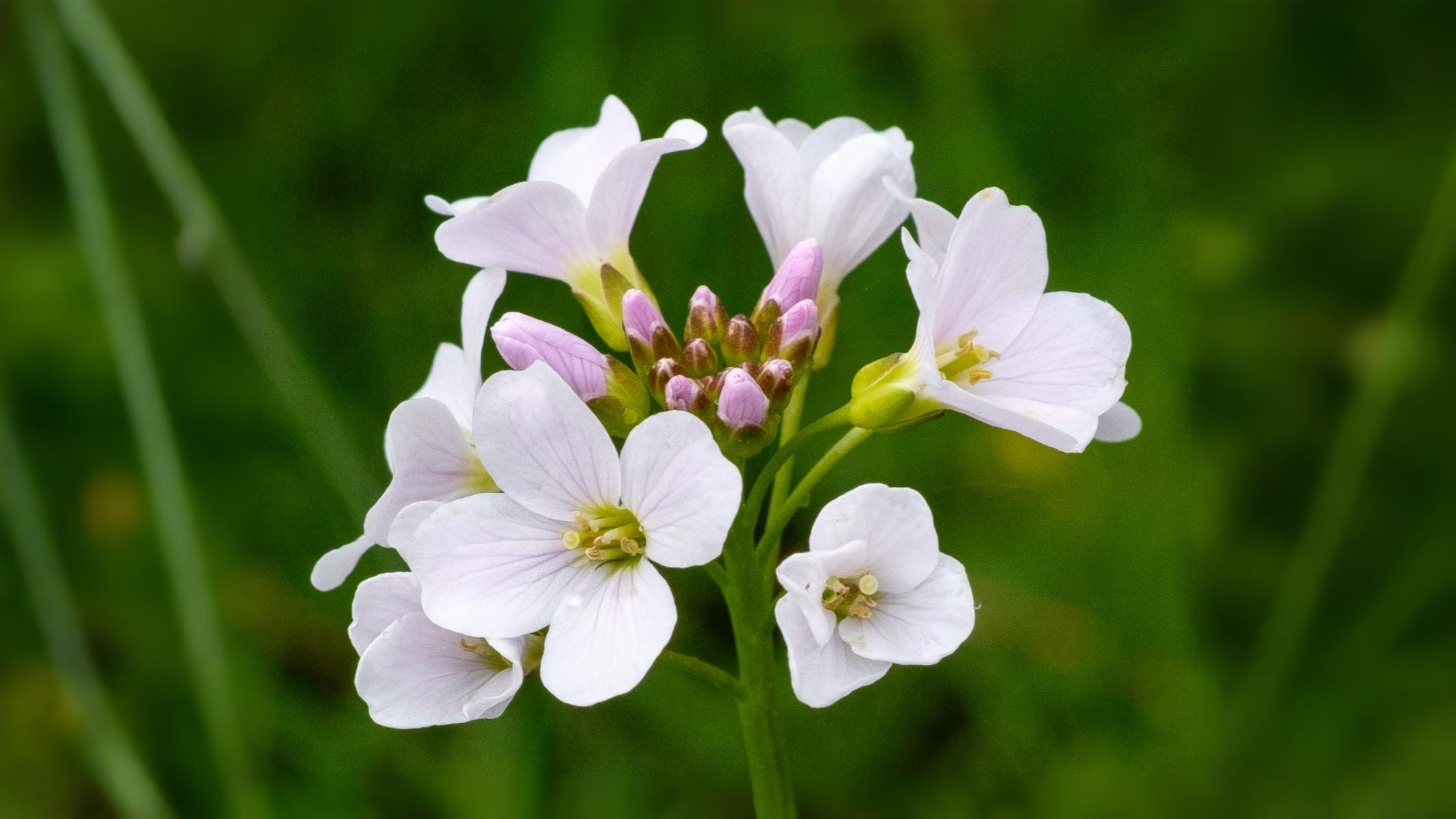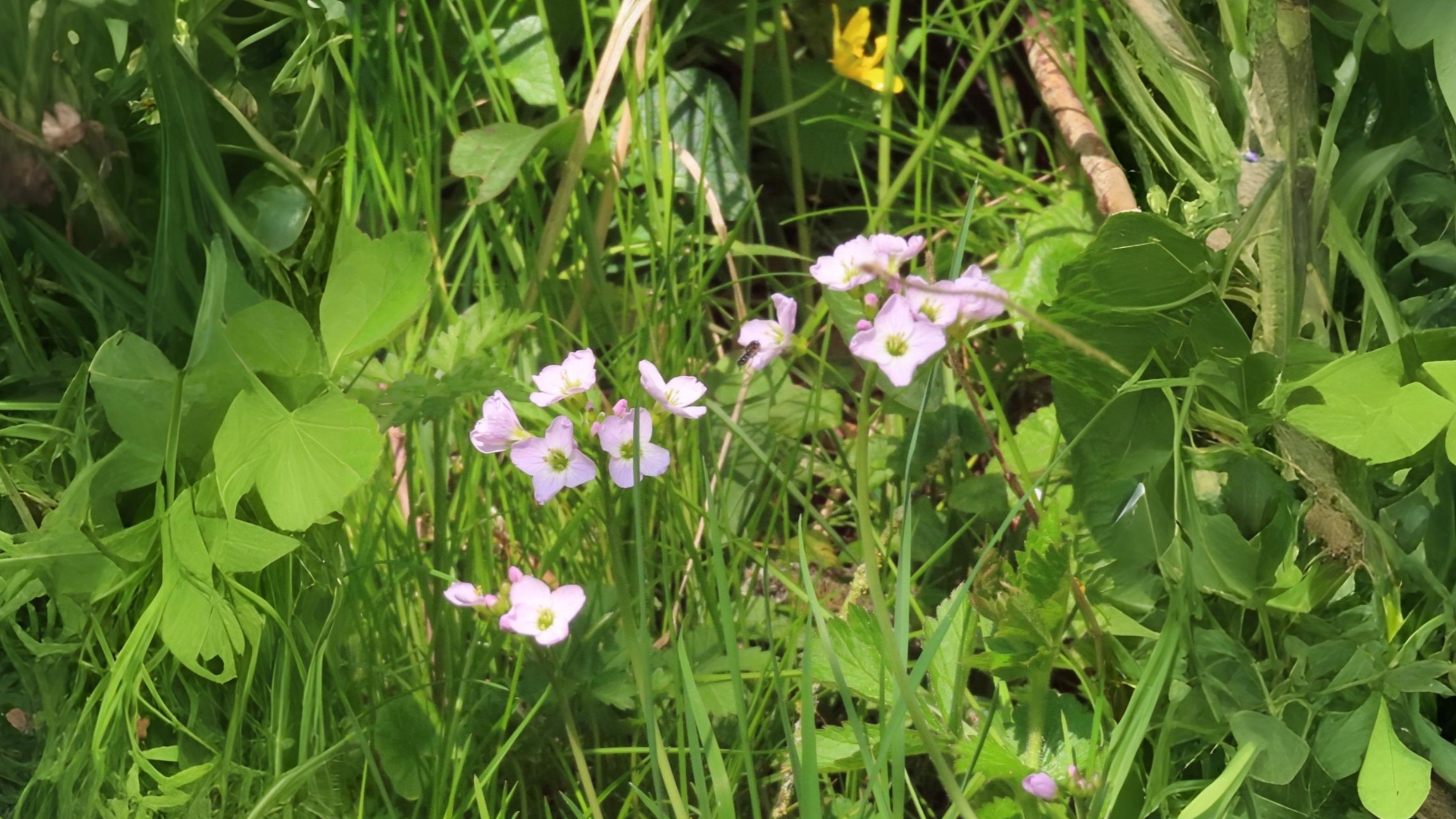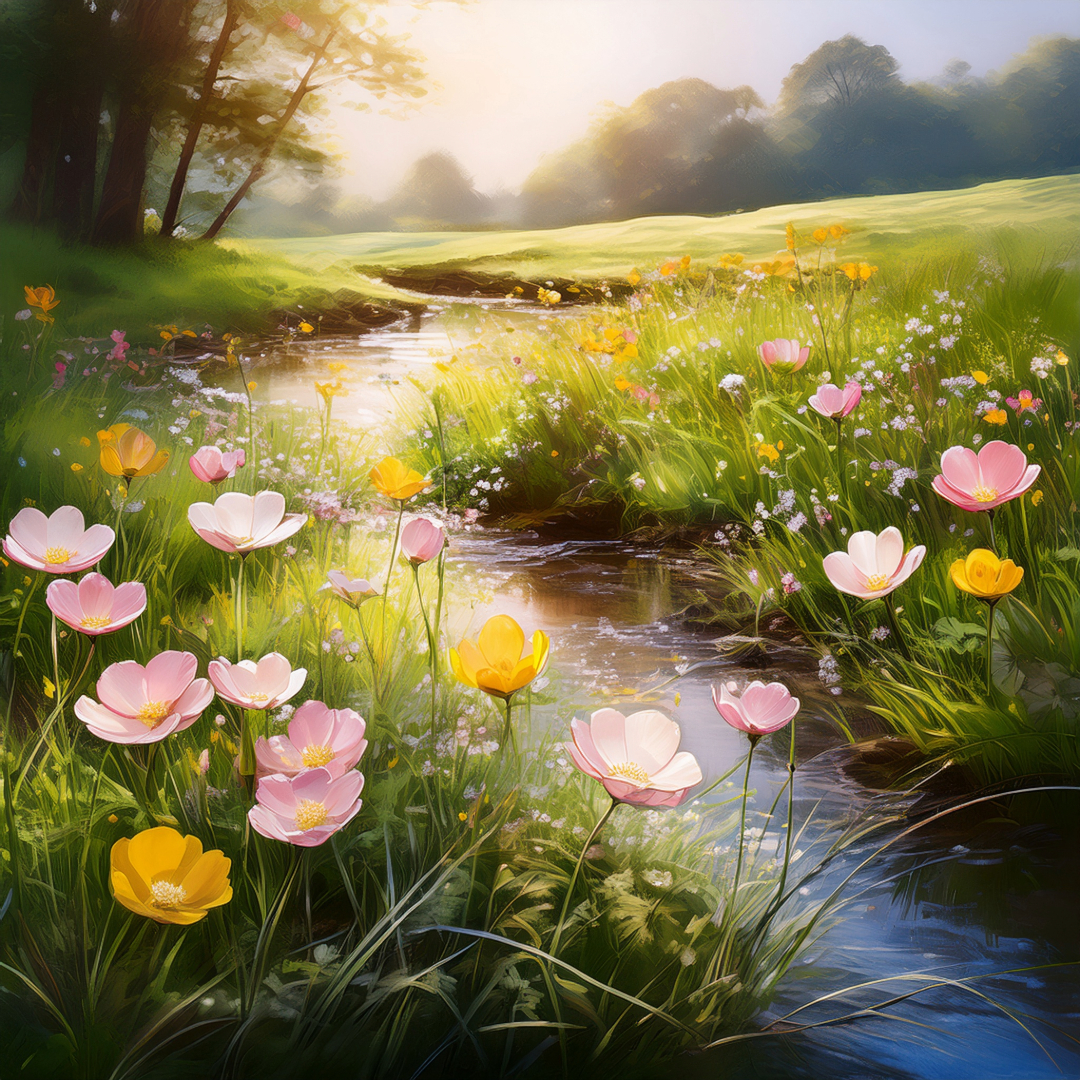
As April unfolds, London’s meadows and woodlands come alive with golden buttercups and delicate ladies smock. From the marsh marigold’s witch-repelling magic to Wordsworth’s misremembered celandine, these blooms are steeped in folklore and hidden quirks. Did you know goldilocks buttercups clone themselves, or that ladies smock petals fold at night to guard their nectar?
Return on 23 April to uncover the secrets of these springtime treasures—where to find them, their curious histories, and why Shakespeare compared their petals to sunlit linen.
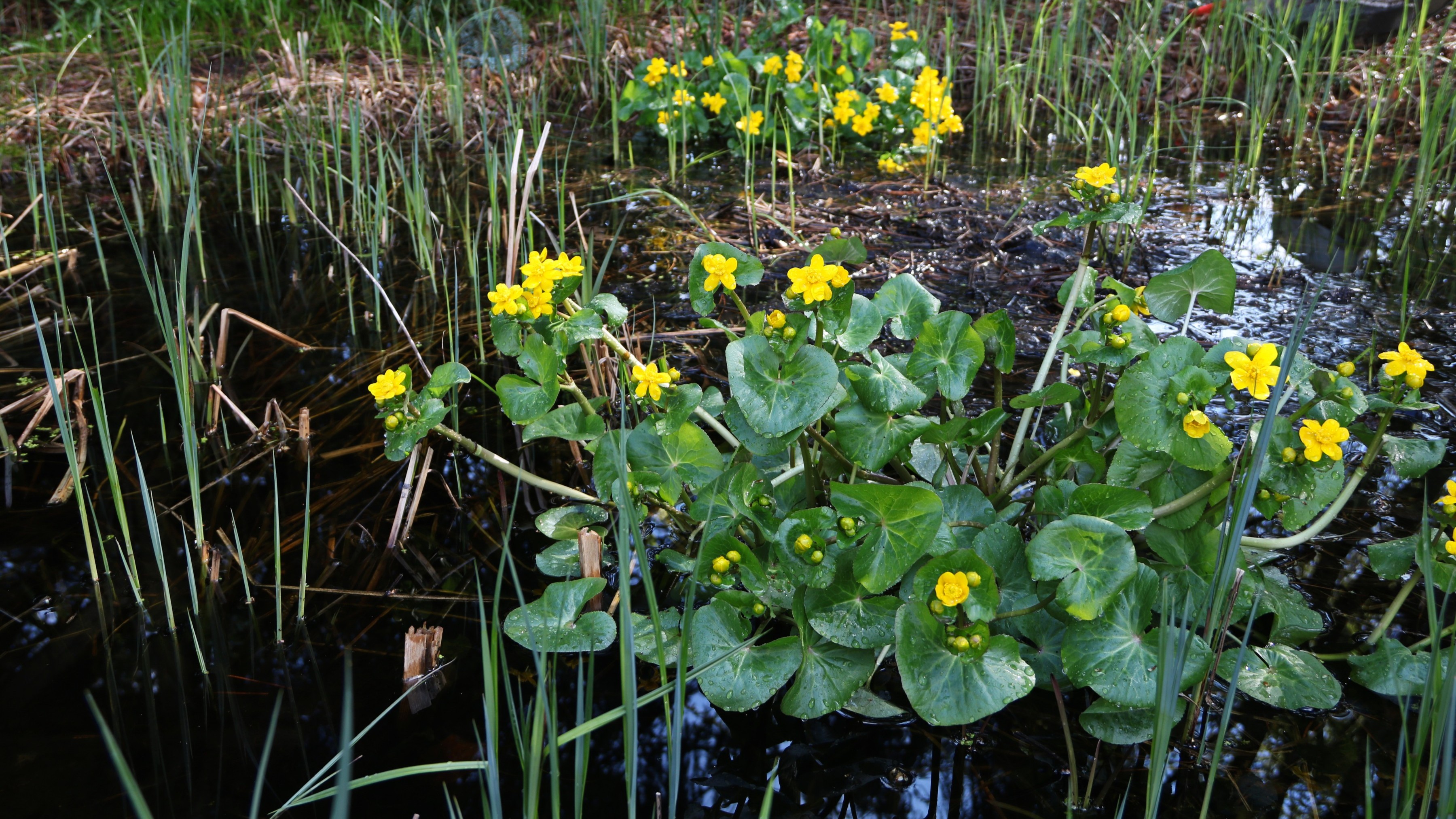

The more familiar meadow buttercup R. acris comes a little later in fields which are grazed and the creeping buttercup R. repens appears on damp lawns in gardens. In clean streams, a white buttercup, water crowfoot may also make its first appearance this month,
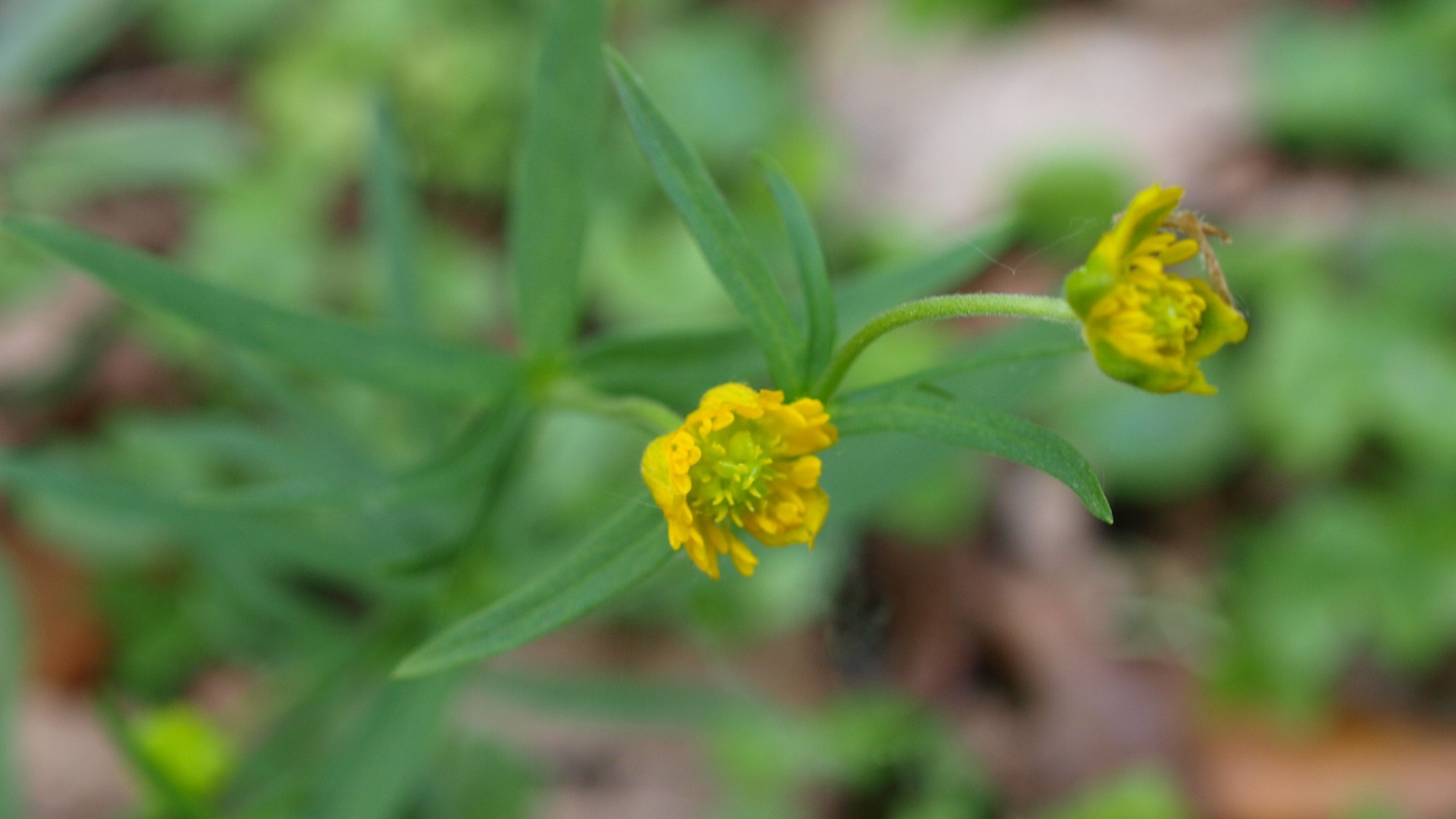

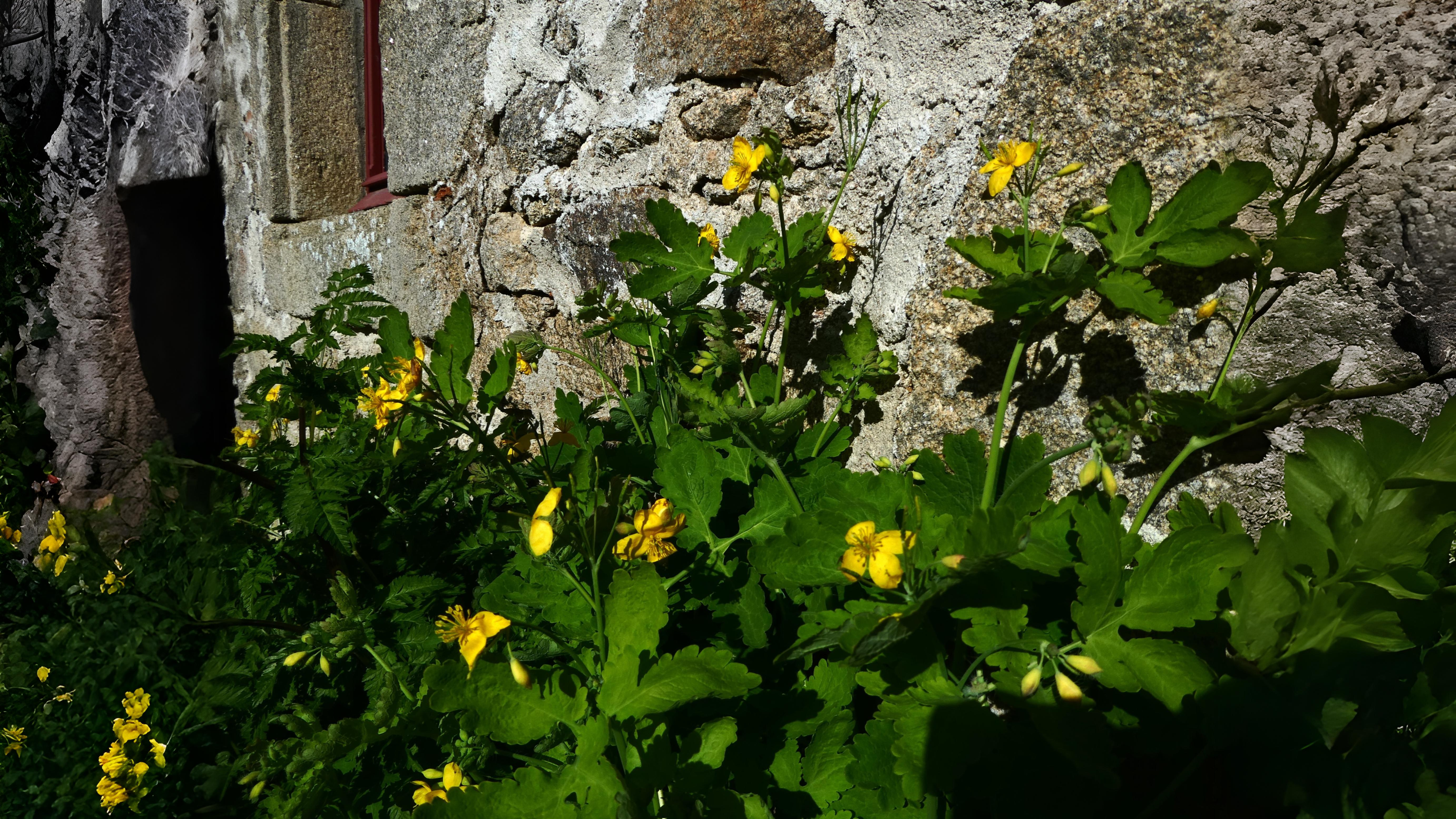

“When daisies pied and violets blue and lady’s smock all silver white,
and cuckoo buds of yellow do point the meadows with delight”.
